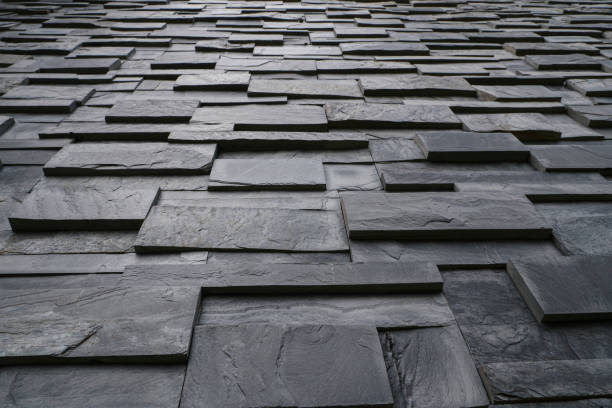April 29, 2024 / By alasyaconstruction

Enhancing your home’s exterior not only boosts its appeal but also reflects the quality of your property. While stone veneers are renowned for their durability, they may require replacement over time due to wear or improper installation. Here are six indicators that it might be time to replace your stone veneer:
- Cracks and Chips: Inspect the surface of your stone veneer for any cracks or chips. These imperfections not only compromise the integrity of the veneer but also detract significantly from its aesthetics. Cracks can allow water infiltration, leading to further damage over time, while chips can create weak points vulnerable to additional breakage. Identifying and addressing these issues promptly can help prevent more extensive damage and preserve the beauty of your home’s exterior.
- Loose Stones: Pay close attention to any loose or shifting stones in the veneer. These may indicate a weakening bond between the veneer and the underlying substrate, potentially signaling structural issues. Loose stones not only detract from the appearance of the veneer but also pose safety concerns, as they could dislodge completely and become hazards. Addressing loose stones promptly can help maintain the structural integrity of your home’s exterior and prevent more significant problems from developing.
- Water Damage: Excessive moisture can wreak havoc on stone veneers, leading to discoloration, mold growth, and deterioration of the material. Inspect the veneer for any signs of water damage, such as dark spots, staining, or areas of decay. These indicators suggest that the veneer may need replacement to prevent further deterioration and potential structural issues. Additionally, addressing water infiltration sources, such as damaged flashing or poor drainage, is crucial to preventing future damage to the veneer and underlying structure.
- Faded Appearance: Over time, exposure to sunlight, harsh weather conditions, and environmental factors can cause the color of stone veneers to fade. This gradual fading diminishes the visual appeal of the veneer, making it appear worn and aged. If your stone veneer exhibits a faded appearance, it may be time for refurbishment or replacement to restore its vibrancy and enhance the overall aesthetics of your home’s exterior. Consider consulting with a professional to explore options for refreshing or replacing the veneer to achieve the desired look.
- Mortar Deterioration: Check the mortar joints between the stone veneer for signs of deterioration, such as crumbling, cracking, or missing mortar. Mortar deterioration compromises the stability and longevity of the veneer, allowing water infiltration and weakening the bond between stones. Addressing mortar issues promptly through repointing or replacing deteriorated mortar joints can help maintain the structural integrity of the veneer and prevent further damage.
- Uneven Settlement: Keep an eye out for any signs of uneven settlement or movement in the stone veneer. Uneven settling can result in gaps, bulges, or misalignments, detracting from the overall aesthetic and potentially posing safety hazards. Identifying and addressing the underlying causes of uneven settlement, such as inadequate foundation support or poor installation practices, is essential to prevent further damage and ensure the long-term stability of the veneer.
Regular inspection and maintenance of your stone veneer can help identify potential issues early on and prevent costly repairs or replacements down the line. By addressing signs of damage or deterioration promptly, you can preserve the beauty and structural integrity of your home’s exterior for years to come.

